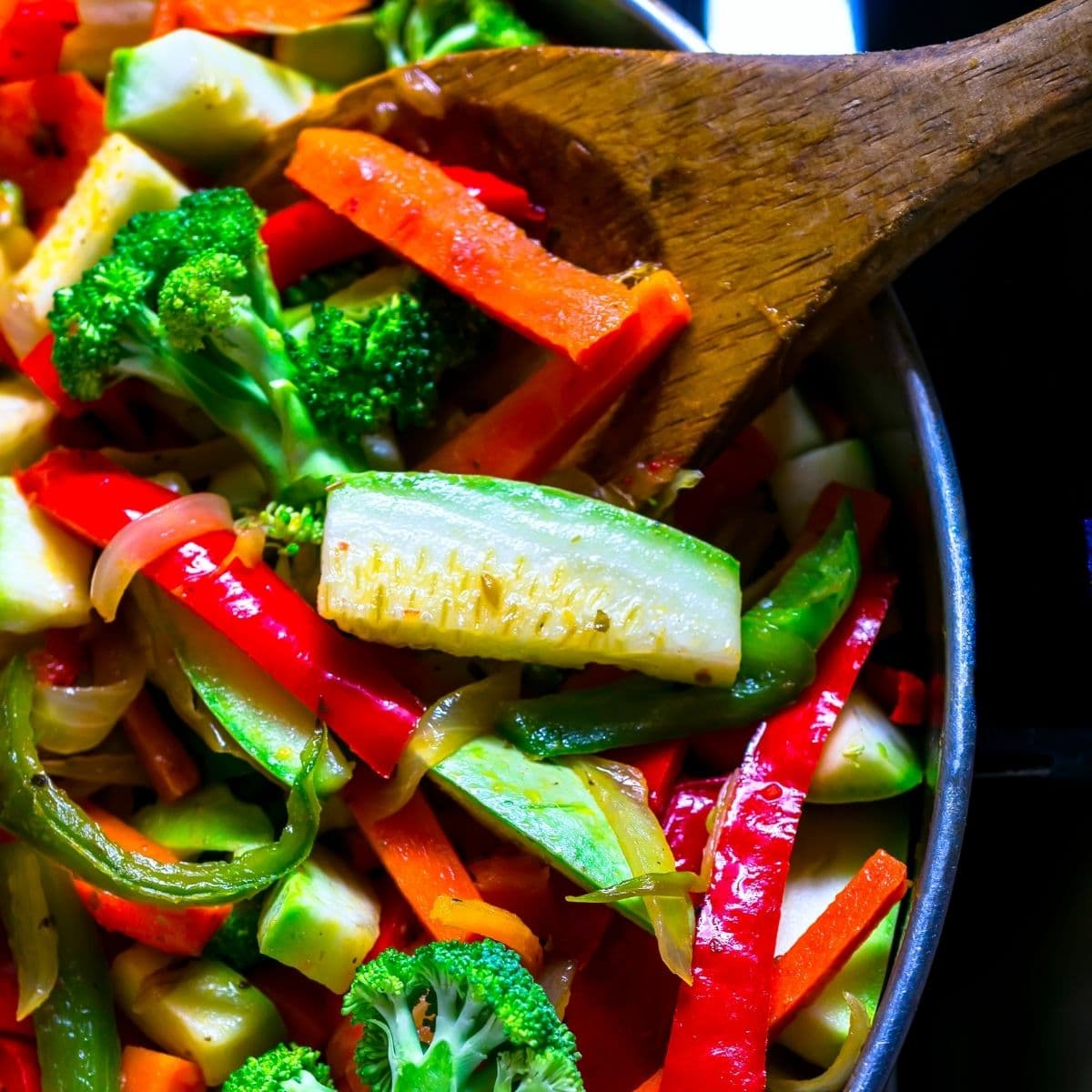
Here are some grilling tips to remember: Avoid flattening or squishing meats, oil the grate, and avoid flare-ups. These are the top mistakes when grilling meats. These tips will ensure perfect cooking every time. These tips can be used to prepare appetizers while your main course cooks. Continue reading to learn more!
Avoid flattening and shredding meats
You may have heard that meat should be slightly chilled in order for it to become squishy. However, this is not the truth. Squishy patties don't actually extract moisture. They increase flavor and surface area. A meat mallet is a better alternative to pressing meat flat with your fingers. It flattens meat and breaks up fibers and connective tissue.
Avoid flare-ups
Avoid adding too many fats to your food before grilling it. This will prevent flare-ups. Too much fat can cause food to burn faster and may require you to reduce the cooking time. A clean grill can help avoid flare-ups. The wire-bristle bristle brush is a good tool to remove charred food from your grill grates. This can help prevent flare ups.
A good way to prevent flare ups is to use lean meat. Another way to tell when the meat's done is to use an electronic food thermometer. You can also prepare the meat ahead-of-time by placing it in the oven or in the microwave. It is best to prepare whole chickens in advance so you know how much to grill.

Oil the grates of your grill
A well-oiled grill grate will last for many months or even years. Oil will prevent food from sticking on the grates, which can lead to flare ups. You can also prevent rust from ruining the grill. Here are a few simple ways to oil your grill grate:
Clean your grill grates to remove any natural flavorings that may have built up over time. This will allow you to evenly apply seasoning and ensure that it lasts longer. Next, coat your grate with high-heat cooking oil. You can also use coconut oil, peanut oil or canola oils for this purpose. Vegetable oil spray-cans work well, too. Let the oil drip onto your grate for 20-30 mins, until it turns golden brown.
Keep your cooking from getting carried over
Carryover cooking, which is the transfer of heat from one place to another in food, is something you probably know. This problem affects not only food but also non-food items like hot rocks. This can be avoided by allowing the food to cool before you put it back on the grill. This is not a solution. Here are some tips to help you prevent the problem.
Properly resting your meat is the best way prevent burnt or overcooked meats when grilling. After the meat is removed from the barbecue, its temperature will increase. This means that it will need to be restrained for 5-15 minutes. Allow the meat to rest for a few minutes to allow the juices from the grill to redistribute. The longer the rest period, the better. Longer rest periods are better for larger meat pieces. However, for each dish you will need to follow the steps.

FAQ
How can I learn more about cooking?
There are numerous cooking classes offered across the country. Many schools offer courses on baking, pastry, or wine tasting. You can take a class at your local vocational school or community college if you are interested in learning more about cooking.
What skills do I need to get into culinary school?
A chef's job requires you to be able cook well under pressure and understand food safety regulations. You should enroll in cooking classes at local community colleges or high schools to learn how to cook. Once you have learned the basics of cooking, it is time to look for work at a restaurant.
Which career path is best for someone who wants a career as a chef or chef? How do I begin my career as chef?
An apprenticeship is a good way to start your career as a chef. Apprenticeships give you the opportunity to work for many years without having to pay tuition fees. You can apply to become a sous-chef after you have completed your apprenticeship. Sous chefs supervise cooks and assist them with tasks like making salads and desserts. They also oversee the restaurant's operations.
Are there any ingredients I can buy to cook?
You don’t always need to buy the ingredients. Premade sauces can be found in most grocery stores. However, if you want to save money, then buying pre-made meals can be helpful.
How much does it cost to study Culinary Arts?
The price of studying culinary arts varies widely. A four year degree is typically around $40,000. A two-year associate's program may be less expensive at $5,000. The type of program you choose will determine the tuition rates. Prices for tuition are higher in private institutions than they are for public ones.
How can I get hired as a cook?
Through word-of-mouth, you can find a job to be a chef. Your friends and family members might know of a restaurant that needs additional staff. Restaurants often post openings on websites and bulletin boards.
Statistics
- In the United States, the category is estimated at $23.2 billion annually and is growing faster than the market. (washingtonpost.com)
- On average, chefs earn $58,740 a year, according to the BLS. - learnhowtobecome.org
- The median pay for a chef or head cook is $53,380 per year or $25.66/hour, according to the U.S. Bureau of Labor Statistics (BLS). (learnhowtobecome.org)
External Links
How To
How to cook a steak
The thickness and cooking method of any kind of meat will affect the way it is cooked. Thicker steaks should be cooked over low heat. Thicker steaks will need to cook at higher temperatures.
Don't overcook them as they will lose flavor. Don't forget to take the steak out of the pan once it's finished. This will ensure that you don't burn your self.
The size and desired doneness of the steak will affect the cooking time. Here are some general guidelines.
Medium Rare: Cook to medium rare. This means that the internal temperature should reach 145degF (63degC). This takes between 3 and 5 minutes per side.
Medium: Cook until medium, which means the internal temp reaches 160degF (71degC). This takes approximately 6 minutes per side.
When done well, cook until the internal temperatures reach 180°F (82°C). This normally takes 8 to 12 minutes per side.